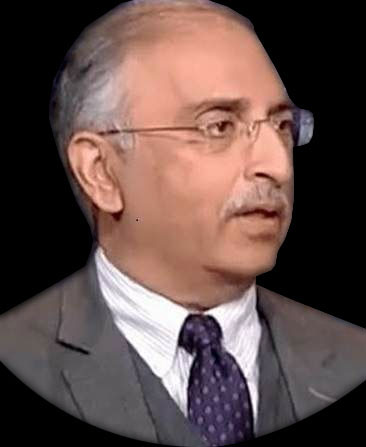Basing rights?
AMERICA has spent $2.26 trillion in Afghanistan in the longest war in America’s history-and not much to show for it. America is now leaving Afghanistan.
America claims that al-Qaida has been degraded-degraded may be but certainly not defeated.
Director National Intelligence Avril Haines claims that “ISIS and al-Qaida remain the greatest Sunni terrorist threats to US interests overseas; they also seek to conduct attacks inside the US, although sustained US and allied counterterrorism pressure has broadly degraded their capability to do so.”
CIA Director William Burns wants two things: an intelligence collection network and the ability to act on that intelligence’. America can do little without basing rights in Pakistan.
Pakistan’s external financing requirement this year stands at $30 billion. Pakistan is in its 23rd ‘arrangement’ with the IMF (America has 831,400 votes). And, in the last plenary the FATF had “concluded that Pakistan will continue in its grey list.”
According to the US Special Inspector General for Afghanistan Reconstruction, the Afghan government controls 54 percent of the 421 districts, 34 percent are ‘contested’ and 12 percent are under ‘insurgent control’.
Many in Afghanistan “now fear a terrible tumbling towards civil war”. A civil war in Afghanistan can stretch for months.
To be certain, internal instability in Afghanistan will-most definitely-spill over into Pakistan. And, Pakistan will be better off not to be in it just by itself-America could be of great help.
Since February, COAS General Bajwa has had half a dozen high level interactions. On February 19, US Central Command commander General McKenzie called on COAS General Bajwa.
On March 21, April 28 and May 24, Secretary of Defence Austin telephoned General Bajwa.
On April 14, Secretary of State Blinken called General Bajwa. In April, CIA Director Burns came to Pakistan to meet General Bajwa and DG-ISI Lieutenant-General Faiz Hameed. On May 28, US Charge d’ Affairs called on General Bajwa.
This is out of the ordinary. Things extraordinary-including Pakistan’s economy, the IMF and the FATF-could have been under discussion.
On May 21, David Helvey, US assistant secretary of defence for Indo-Pacific affairs, told the Senate armed forces committee that “Pakistan had resolved the US military’s logistical problem by allowing it over flight and access to be able to support our military presence in Afghanistan.”
On May 23, Pakistani and US national security advisers met in Geneva (Moeed Yousuf reportedly carried a ‘wish list’ from various ministries with him).
The Pentagon has to reposition its forces. Tajikistan, Turkmenistan or Uzbekistan provide no answers to the Pentagon’s riddles. The CIA needs intelligence and the capability to act on that intelligence.
Attack planes aboard aircraft carriers provide no solutions to the CIA’s puzzles. Pakistan has an upper hand.
Islamabad must, therefore, maintain her red lines-and make Washington abide by those red lines (not to forget that red lines must remain subservient to national interest and not the other way around).
The other side of the coin is that Pakistan cannot do without a new paradigm. Our economy needs to grow at a much faster pace and we must not let the whole world see us just through the CPEC lense.
For the record, foriegn direct investment (FDI) from the United States to the rest of the world stands at $5.96 trillion. Partners for Pakistan’s prosperity-the more the merrier.










